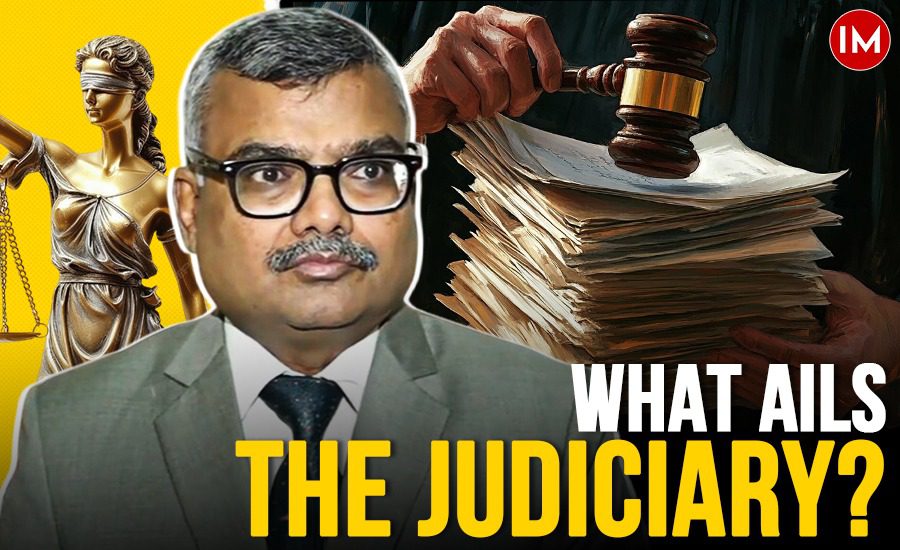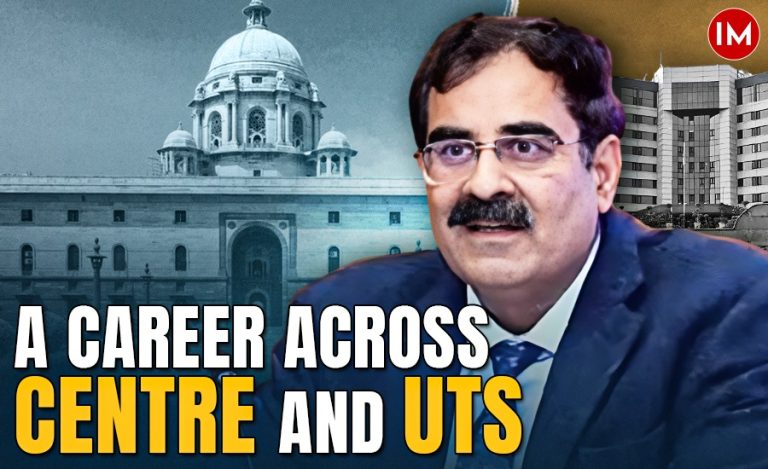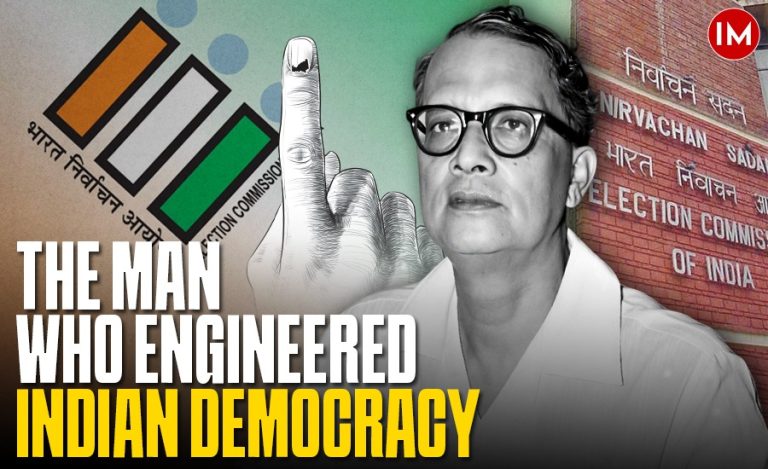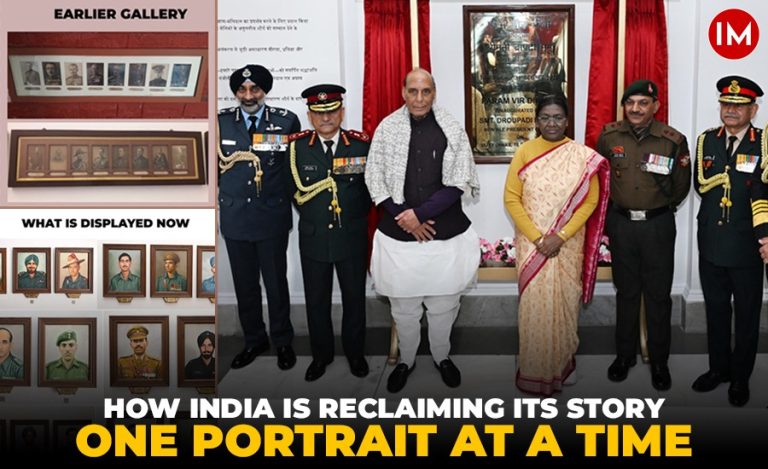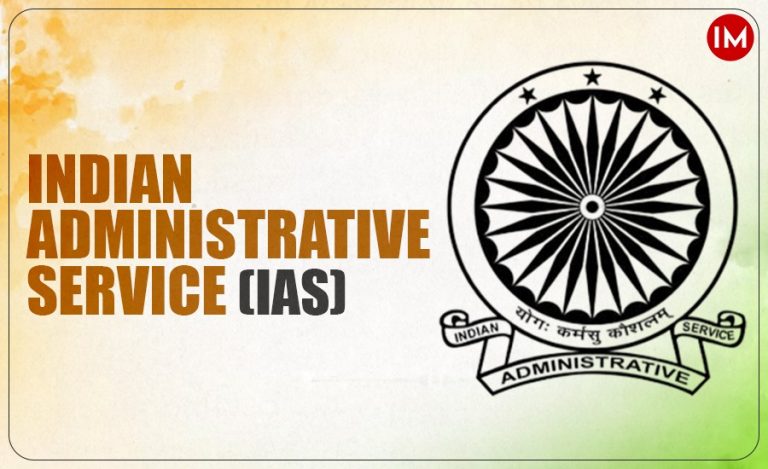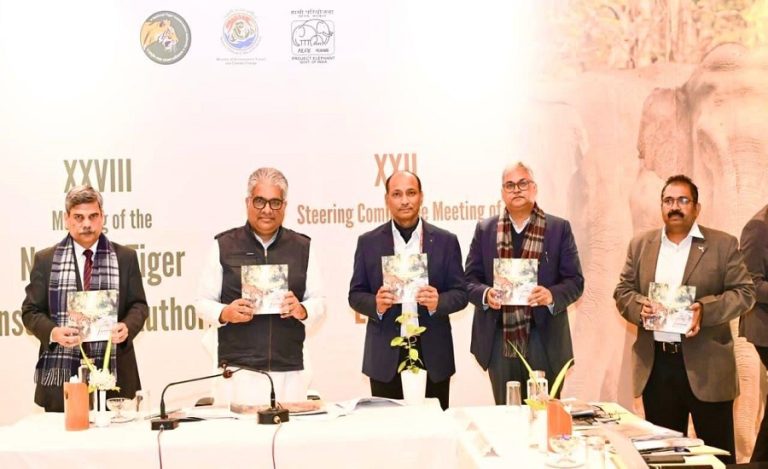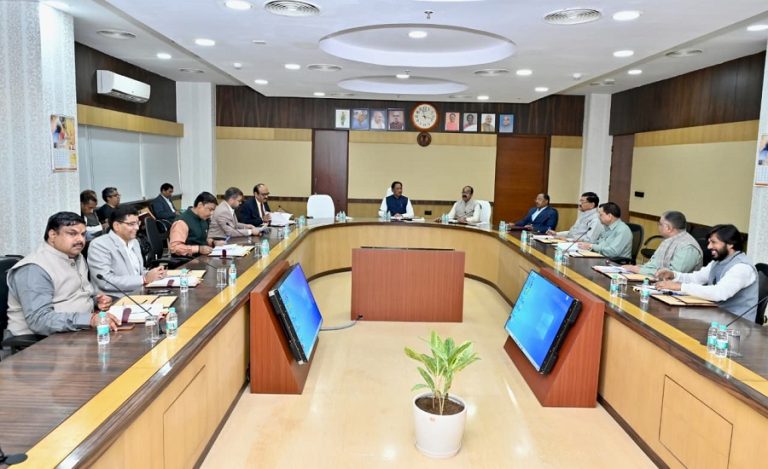Over 5.5 lakh cases are pending in courts. Add to that those in various tribunals – the number may well easily move to several million. More than 4.5 lakh people are languishing in jails, two-thirds of them being undertrials, some of whom are waiting for their hearing for several years. Vacancies in courts aren’t being filled. State governments are spending a mere 0.6 per cent of their budgets on the lower judiciary. Most of the District Courts are housed in crumbling buildings. What ails the judiciary? Well-known bureaucrat-turned-constitutional expert Mr Virag Gupta, in this podcast with Indian Masterminds, is discussing such issues threadbare.
Please watch the full interview by clicking on the following link…
The higher the courts, the higher the problems. The Supreme Court is facing perhaps the worst crisis of credibility. Its decisions are being questioned. The Chief Justice himself is facing a casteist slur, and an advocate hurls a shoe at him, and the entire media queue up at his door for an interview as if the attacker is a celebrity. Why are Supreme Court judges being appointed to polit
ical posts like Governor or Rajya Sabha member? Does it smell like a quid pro quo?
Gunny bags full of half-burnt wads of currency notes are found at the house of a Delhi High Court judge. An impeachment process initiated against him moves into suspended animation even as he is simply transferred from Delhi to the Allahabad High Court, as if that is a punishment. Is it really a punishment? Why has no FIR been registered against him so far? So, what are the solutions to the myriad problems facing the judiciary? Another Law Commission? But what is the outcome of various law commissions constituted so far?
Mr Gupta feels most of the problems are due to the colonial legacy that we are still carrying 76 years after independence. We haven’t yet formulated our own laws. Lack of transparency is the bane of the higher judiciary, he feels. But isn’t live streaming of the hearing helping the cause? ‘No,’ he says vehemently.
Transparency can be ushered in only when everyone, especially the litigants, knows on the day what transpired in the court – what was the order or the observation of the court. Everything should be in black and white. Artificial Intelligence is making things easier for everyone. It can help out the judiciary as well.

